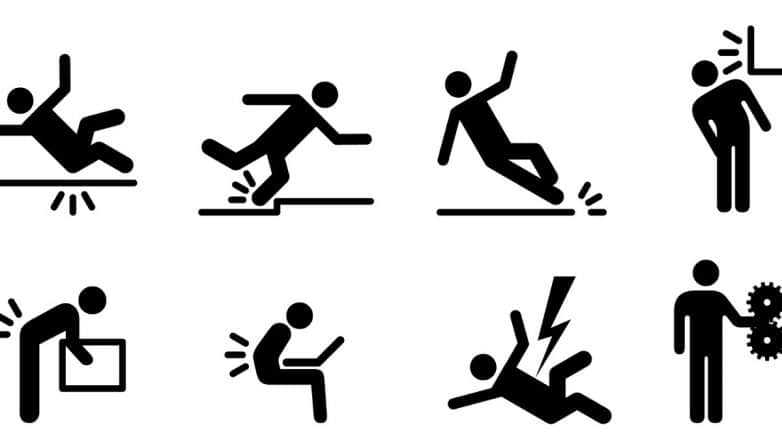As an account manager at Sedl Agencies, I visit a variety of different businesses on a daily basis; from heavy engineering and manufacturing to food processing, aviation, automotive, construction and warehousing/distribution. While each business offers a unique product or service, these vastly different business have one common priority….the health, safety and well-being of their employees.
Understanding the importance of safety and introducing products and strategies to minimise the risk of injury is necessary to protect employees. It is also a smart decision when consideration your bottom line, as the costs associated with a workplace injury are high, often much higher than expected. The true cost of a workplace injury, not only relates to a physical injury and workers compensation, but often includes interrupted schedules, damaged equipment and other costs to both the business and the individual.
Our customers typically apply administrative and engineering controls, in conjunction with appropriate PPE to reduce the risk of injury. But in some cases, effectively reducing accident rates may also require a cultural change within the organisation.
Case Study:
At a company that manufactures fasteners for the aerospace industry, hand lacerations are one of the most common injuries due to the large volume of metal chips produced in the manufacturing process. As part of a new employee-based PPE initiative, the company’s Environmental Health and Safety Manager, Laura, introduced cut protective gloves. “At first there was some apprehension,” Laura said, “employees were wary of yet another PPE item to use, and worried that the gloves might be cumbersome.” Laura was also aware that the company needed a cultural change to get employees to mentally ‘buy in’ to an improved safety program. To encourage all employees to ‘buy in’, many different gloves were sampled and each employee played an active role in the selection process.
Within two months, the company saw a 20 percent reduction in hand lacerations. “The biggest benefit, obviously, was the reduction in injuries,” Laura said. “But there is also a different attitude in employees. They see that we are trying to make it better and safer for them. It’s the culture change we wanted.”
So, how can you identify safety risks in your business and implement products and strategies to mitigate against them? A good starting point is this useful website put together by the Queensland Government.
Want us to do the heavy lifting for you? Contact us to arrange safety training, samples or product trials of innovative solutions for your workplace!

